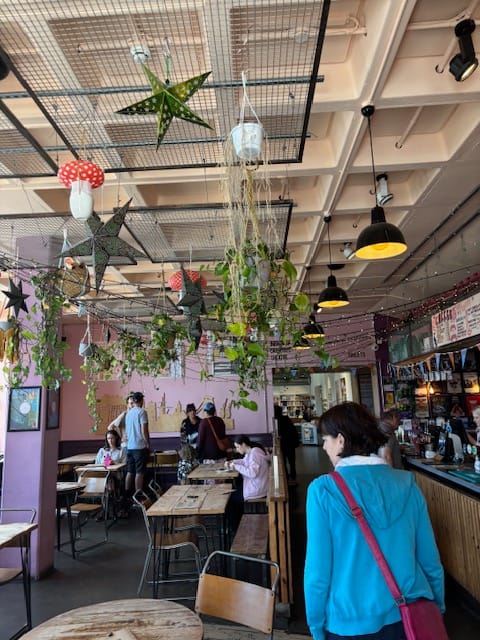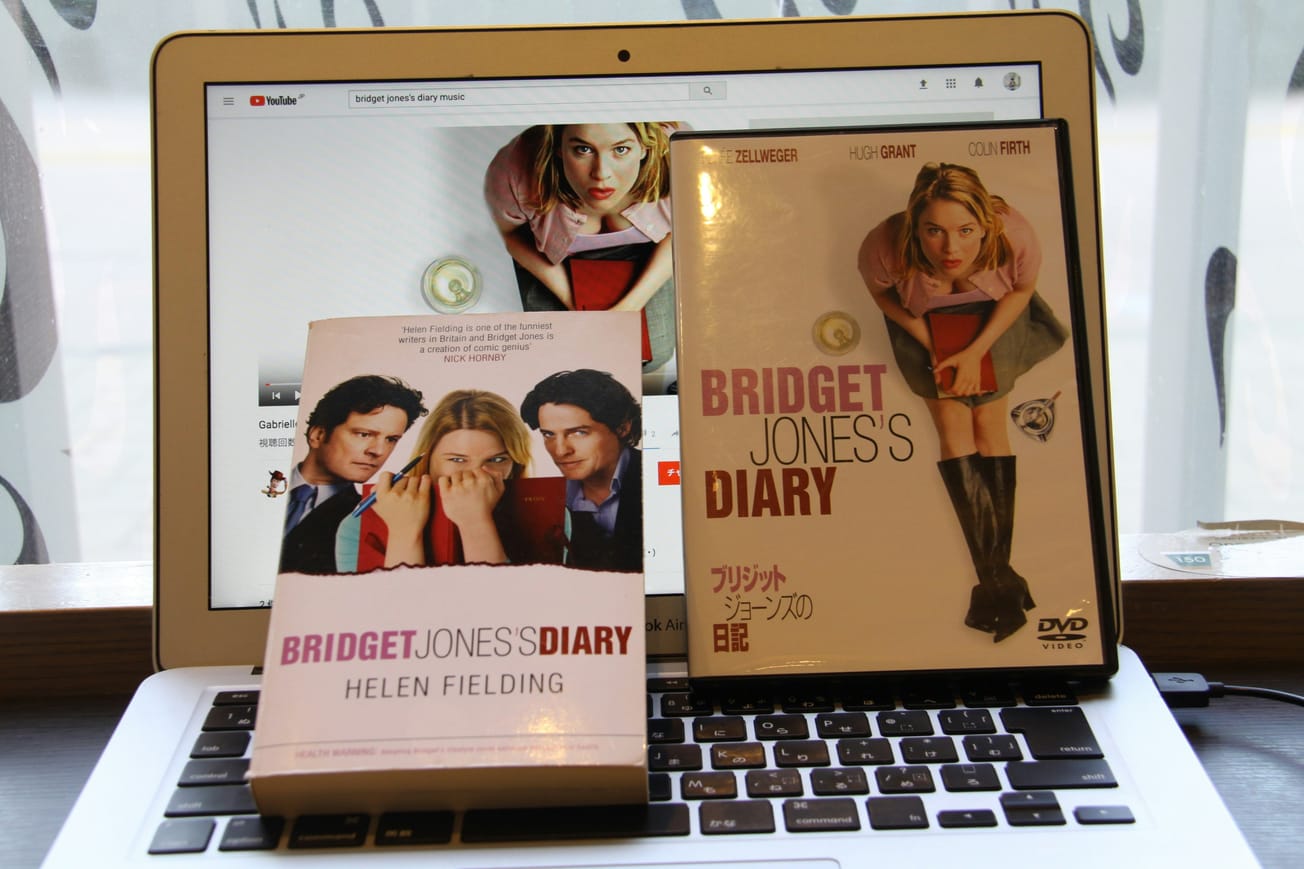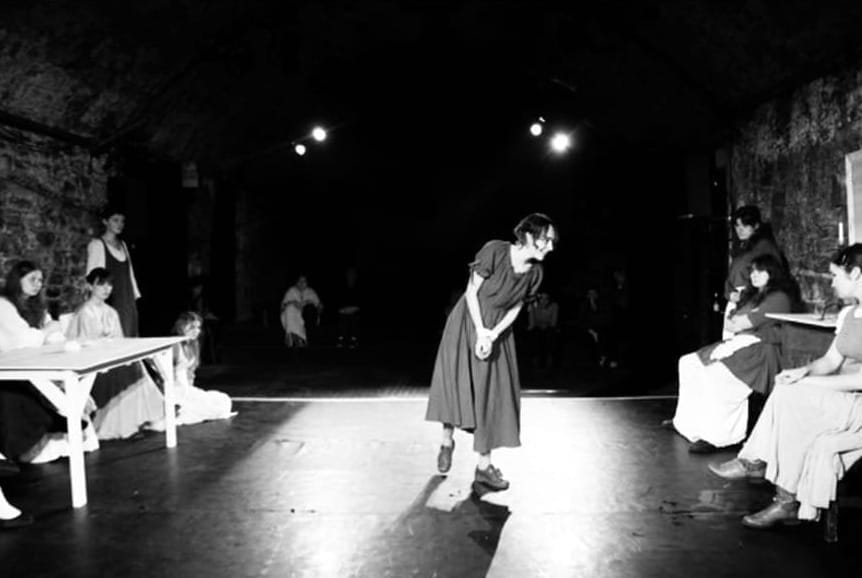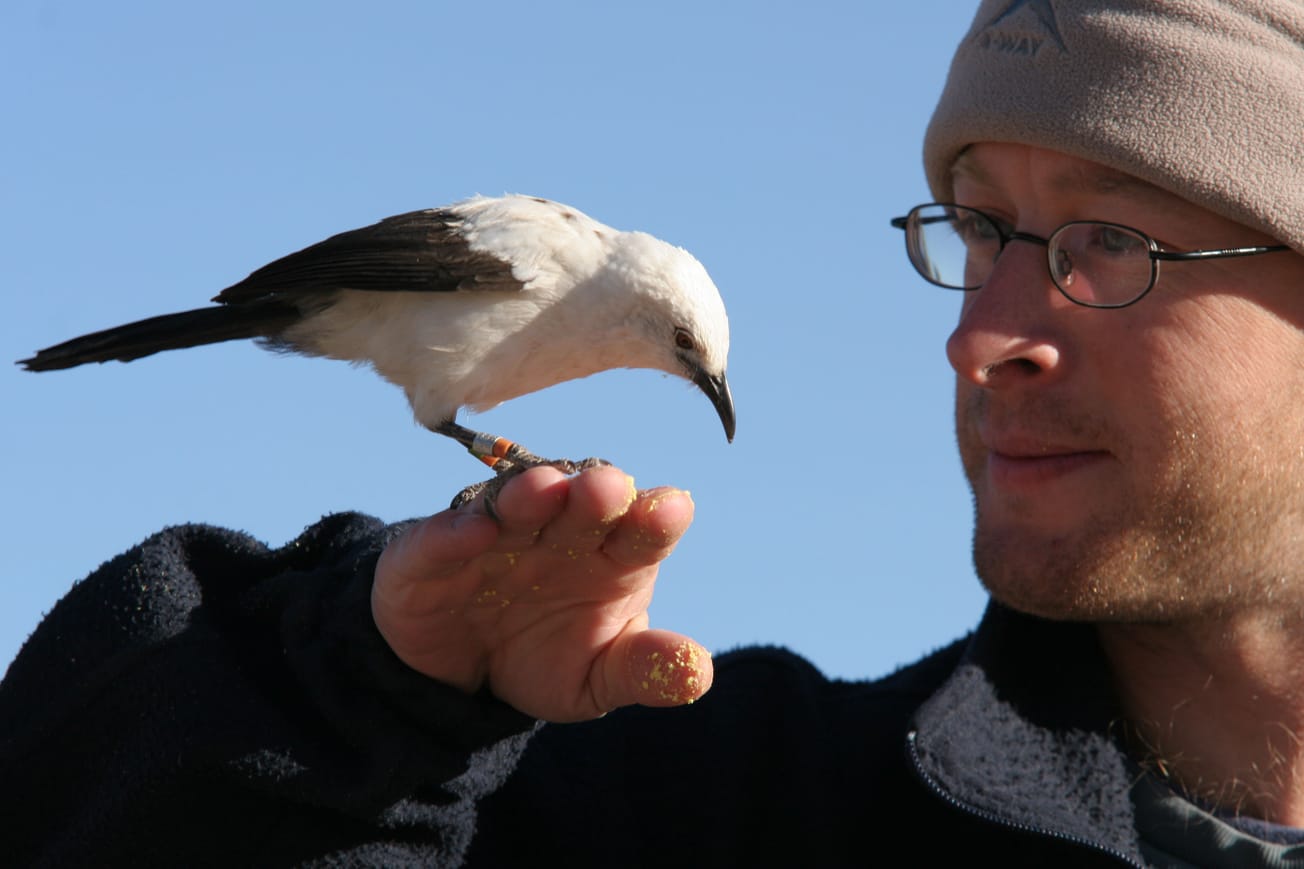A visit to one of Bristol's most renowned galleries and exploring their creative spaces
By Elizabeth Abbott, Third Year, History and English
In 1961, The Arnolfini had just opened as a small gallery above a Bookshop in the Clifton Triangle. Just over 60 years later, the gallery holds pride of place on the harbourside, located in a Grade 11 listed property which welcomes hundreds of thousands of visitors each year. The space champions various art forms, from visual art to films, to music and dance.
Founder Jeremy Rees named the gallery after his favourite painting, The Arnolfini Portrait. He wanted the gallery to challenge visitors perceptions and for them to above all, ‘enjoy’ themselves.’

Presently, the downstairs studio hosts Nengi Omuku’s exhibition The Dance of People and the Natural World. Inspired by her herbalist mother, Omuku's work nods to the healing power of the natural world, combining humans and nature in her art to demonstrate the potential for harmony and peace when both are united.
Okumu’s art depicts personal locations like her garden in Lagos, Nigeria, alongside imagined places, and those far away like Monet’s Garden. She plays with dreamy colour palettes and incorporates soft human figures to depict ‘psychological spaces’ that move beyond traditions of colonised landscapes where terrain was taken and controlled. Instead, she presents a mutual relationship between man and his surroundings, with the marvellous tones of blue, pink and green suggesting wonder and awe from both sides.
Omuku paints on Sanyan, a pre-colonial Nigerian textile woven from moth silk and cotton, celebrating Nigeria’s tradition of craftsmanship. The cloths are hung from the ceiling to allow visitors to walk behind the painted sides revealing the unstitched halves. This connects Omuku’s act of painting with the creation of the cloth she painted on, allowing her to play with temporality and the notion of creative connectedness.
It is a truly beautiful, meditative, colourful exhibition reminding visitors of the bond between our human souls and the heart of the earth.

The floor upstairs is home to Adébayo Bolaji’s exhibition In Praise of Beauty.
The chain of rooms transports visitors inside the brain of Bolaji as he ponders society’s perceptions of beauty. The walls of the rooms are covered with sketching from his notebook as he asks, ‘Does art need beauty?’ and ‘Where do we find beauty, inside or outside ourselves?’ With some of his thoughts appearing more assertive such as: ‘I said beautiful…not perfect.’ The walls have cut-outs with small screens showing a film of him discussing such thoughts.
We see less-literal reflections on beauty too. Bolaji presents a photograph of himself, with painted blue lips, glasses with pearl edges, painted nails, and a long black coat and beanie perhaps nodding to masculine beauty in unconventional terms. We see acrylic and oil paintings like The Vessel (2024), drawings, and a mythological-inspired sculpture The Head of Medusa (2024). There is also a film titled I Love You (2024) which plays on a loop upstairs.

Alongside the exhibitions, The Arnolfini has rooms on the top floor dedicated to visitors exploring their own creativity. There is an art room and a reading nook, with books, art materials, and even yoga mats provided. Downstairs, there is a delightful bookshop full of fun and eccentric books. Next to this, there is a café for you to think about the gorgeous art you have seen over a cup of tea.
The Arnolfini's latest exhibitions, The Dance of People and the Natural World and In Praise of Beauty are running until 29th September.









